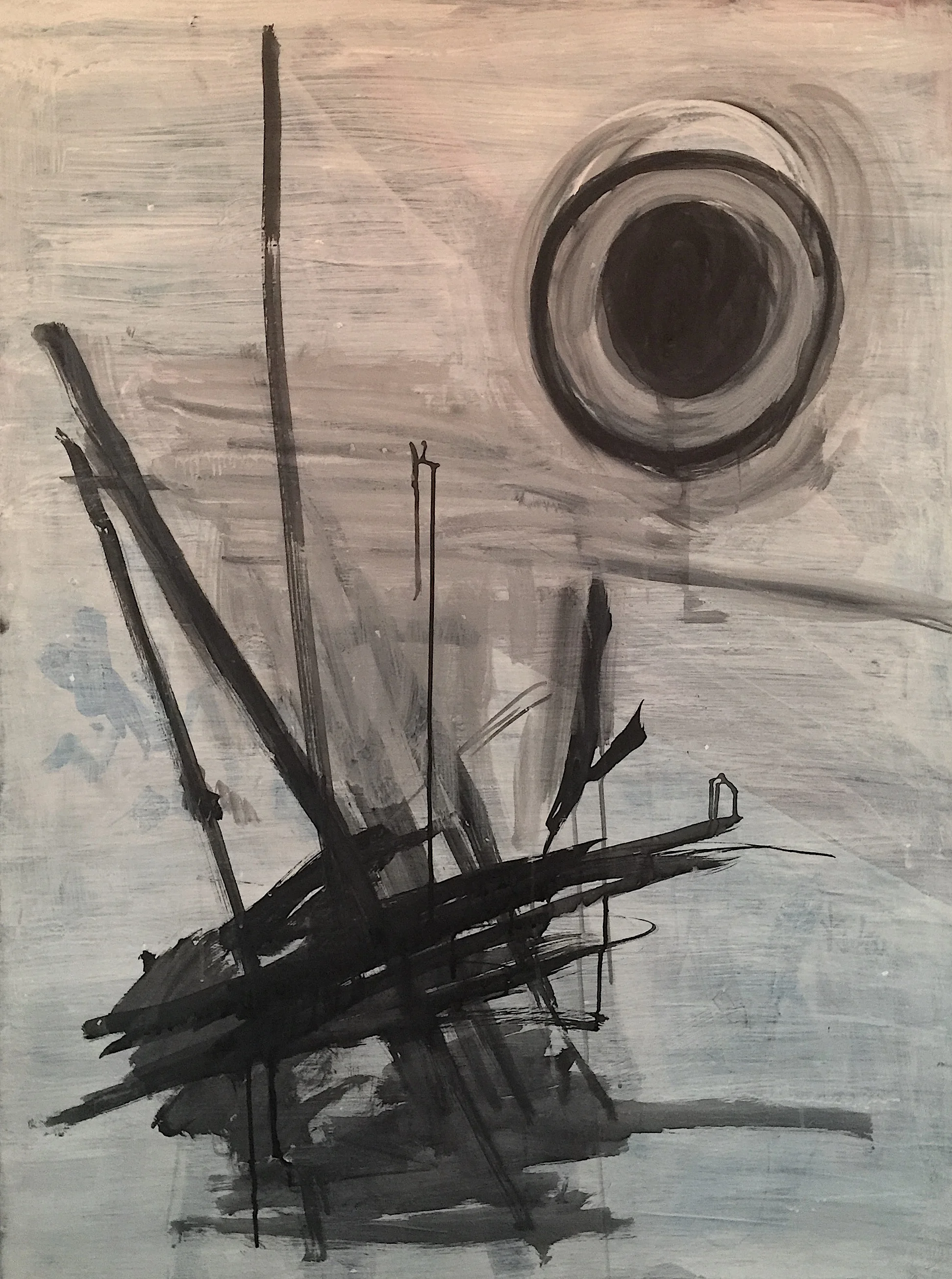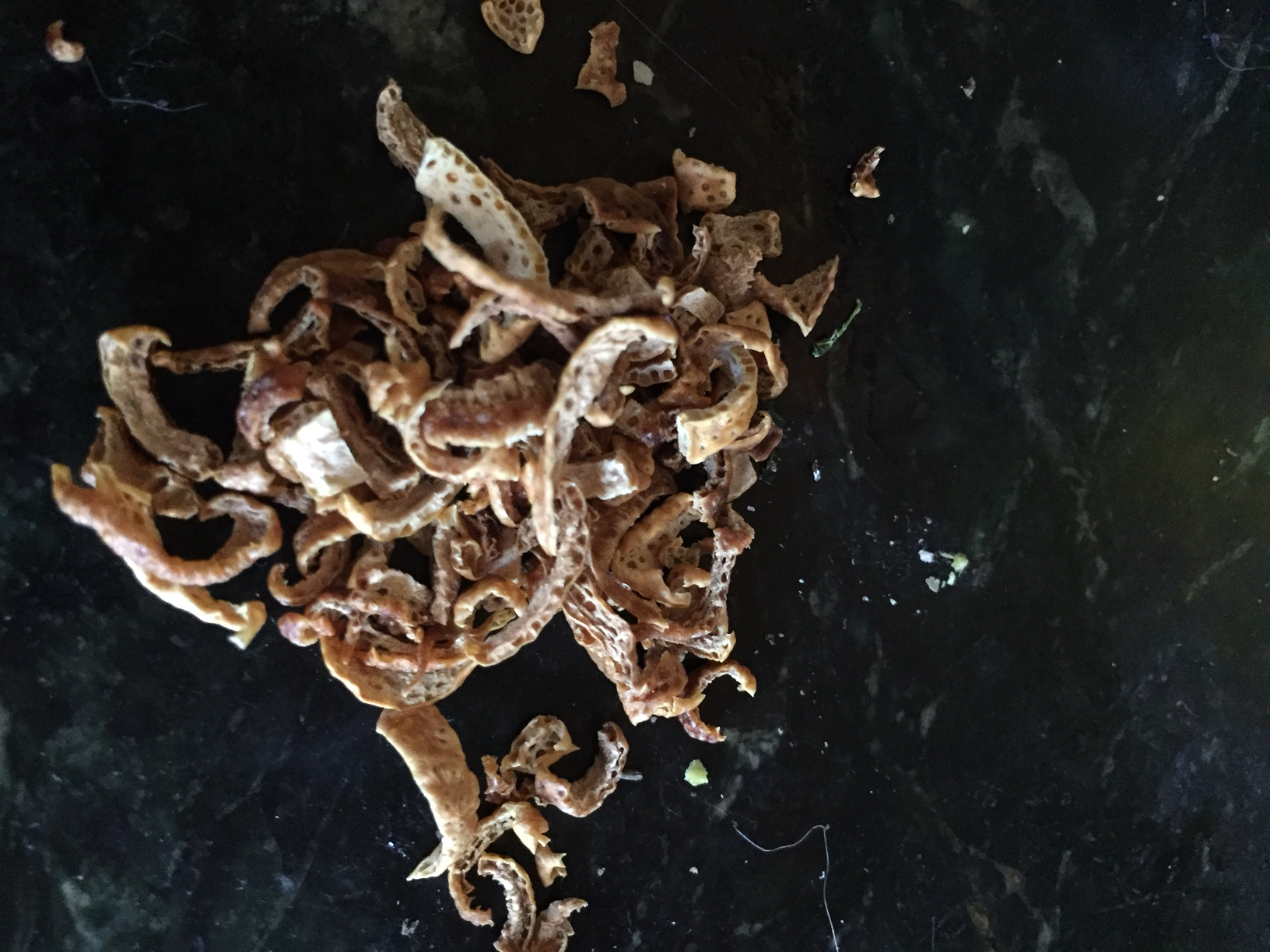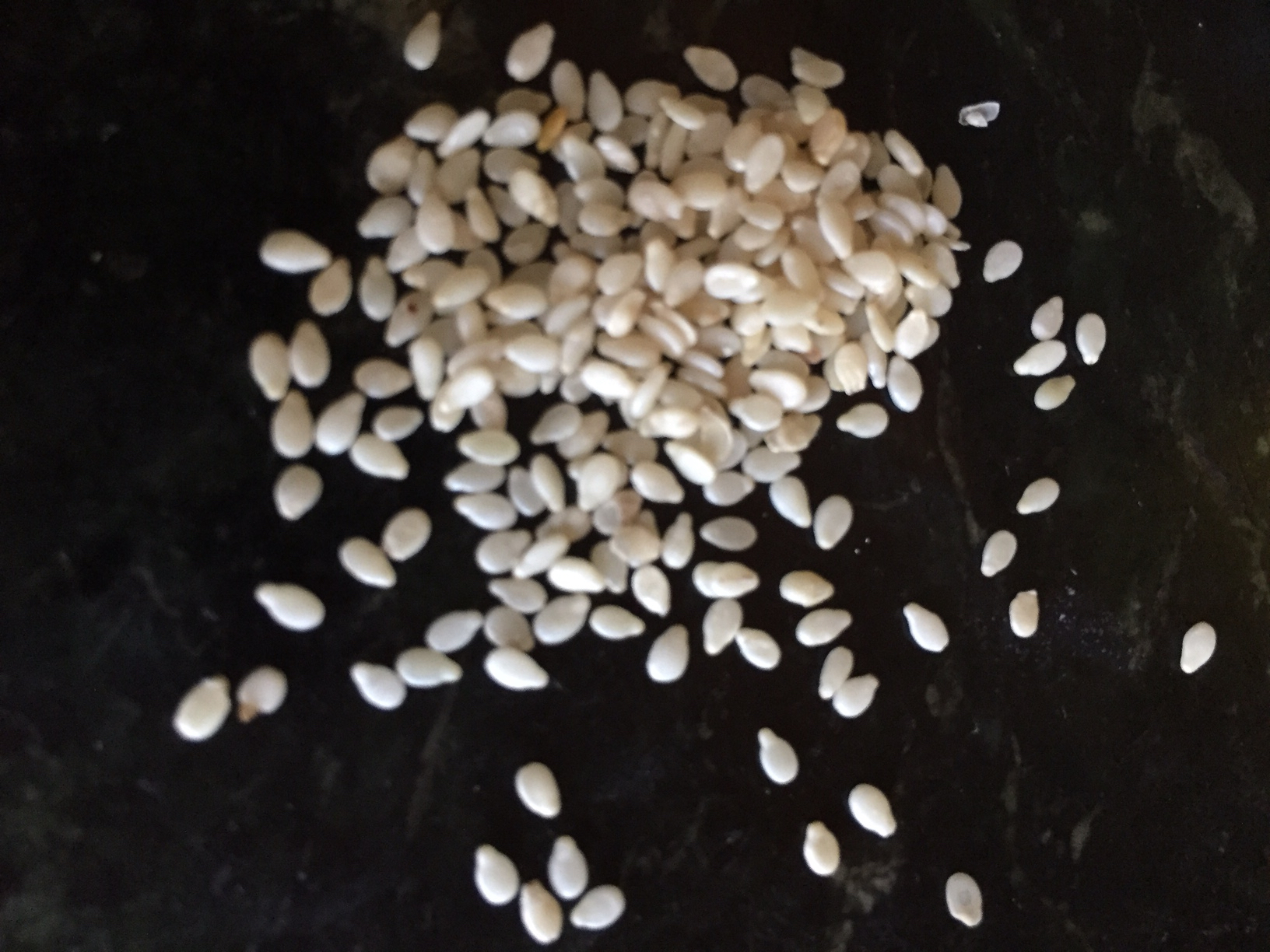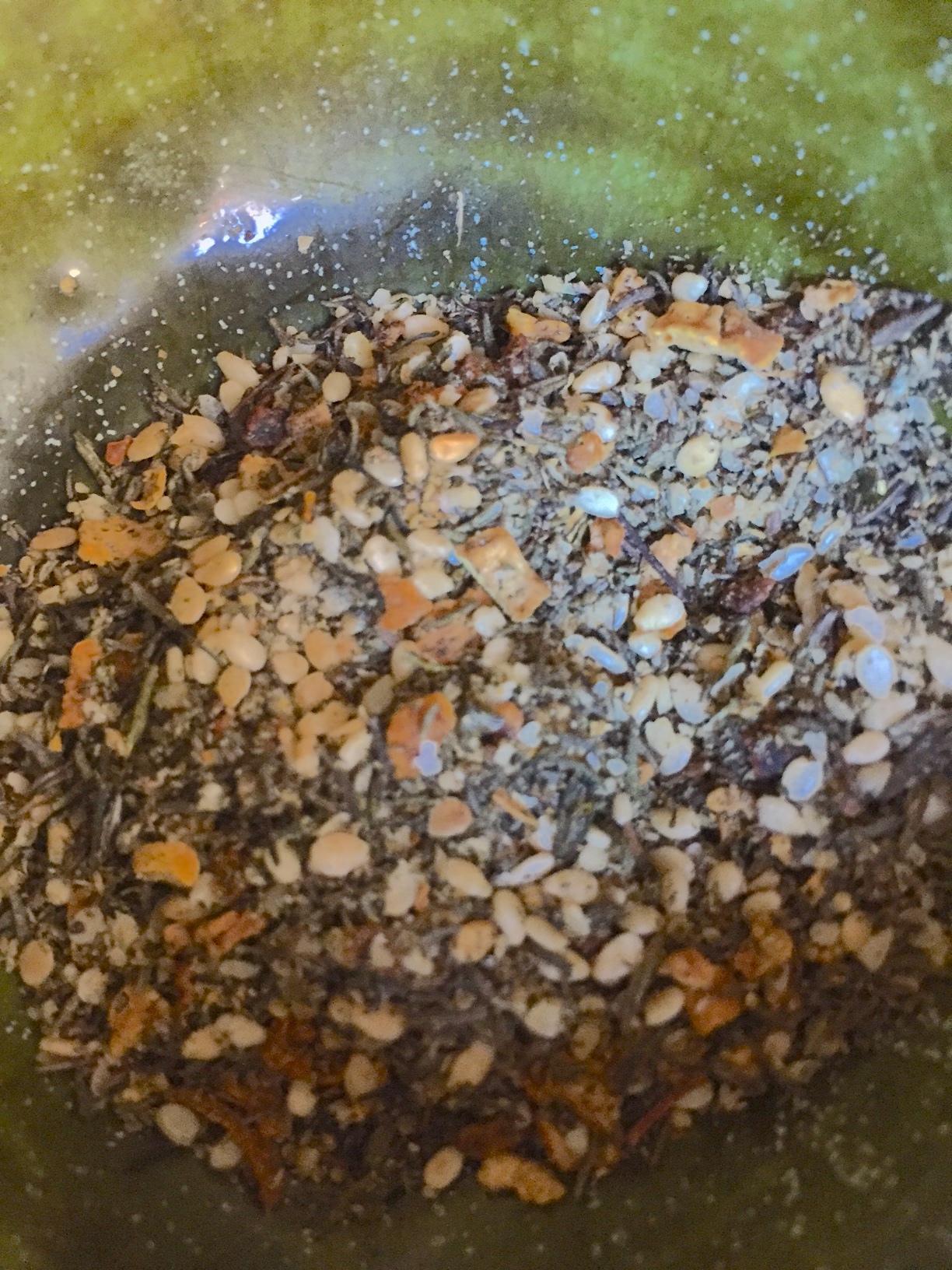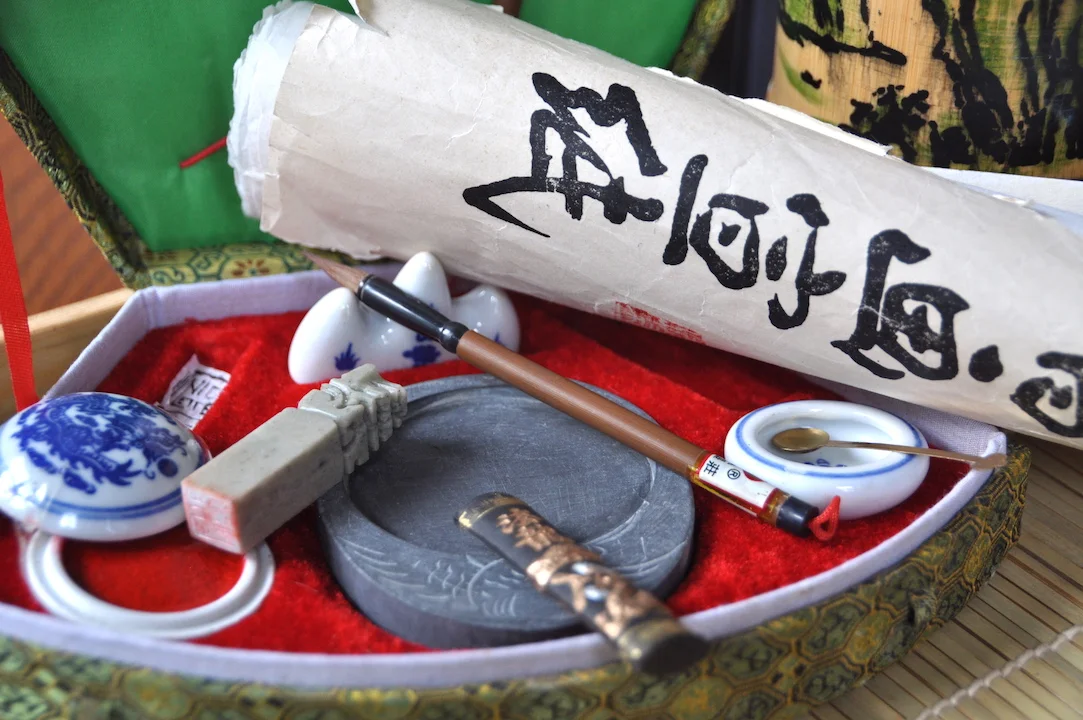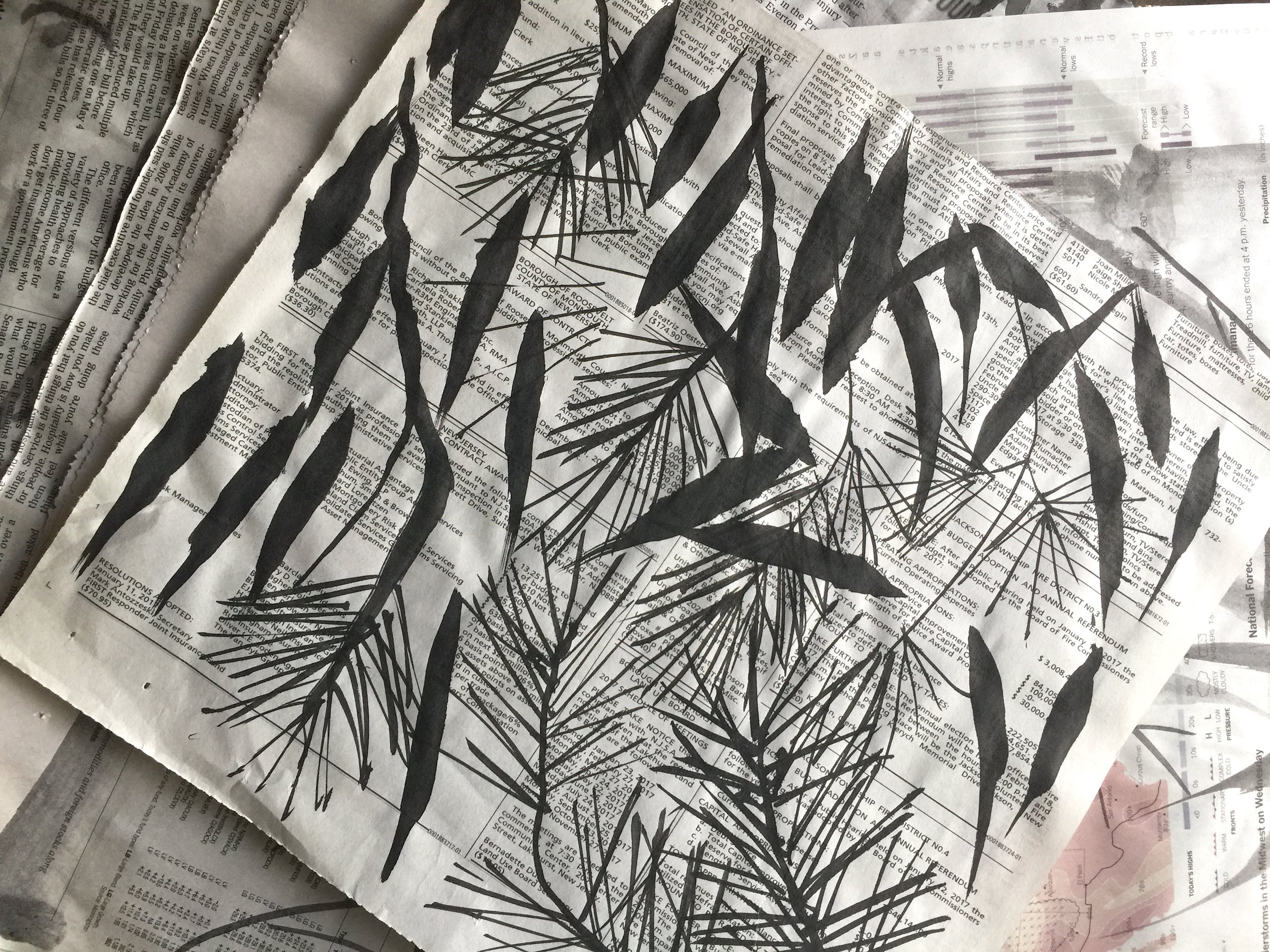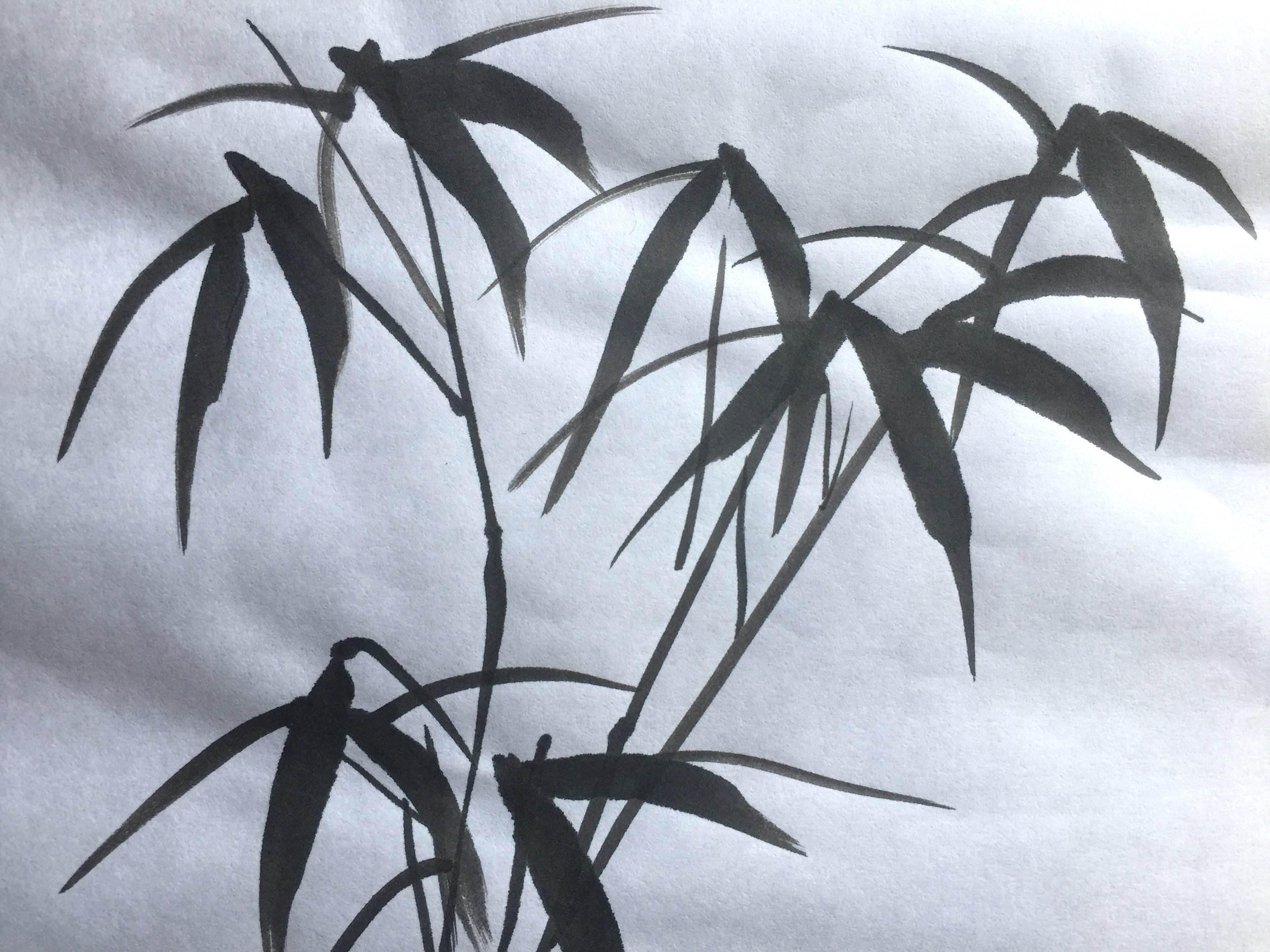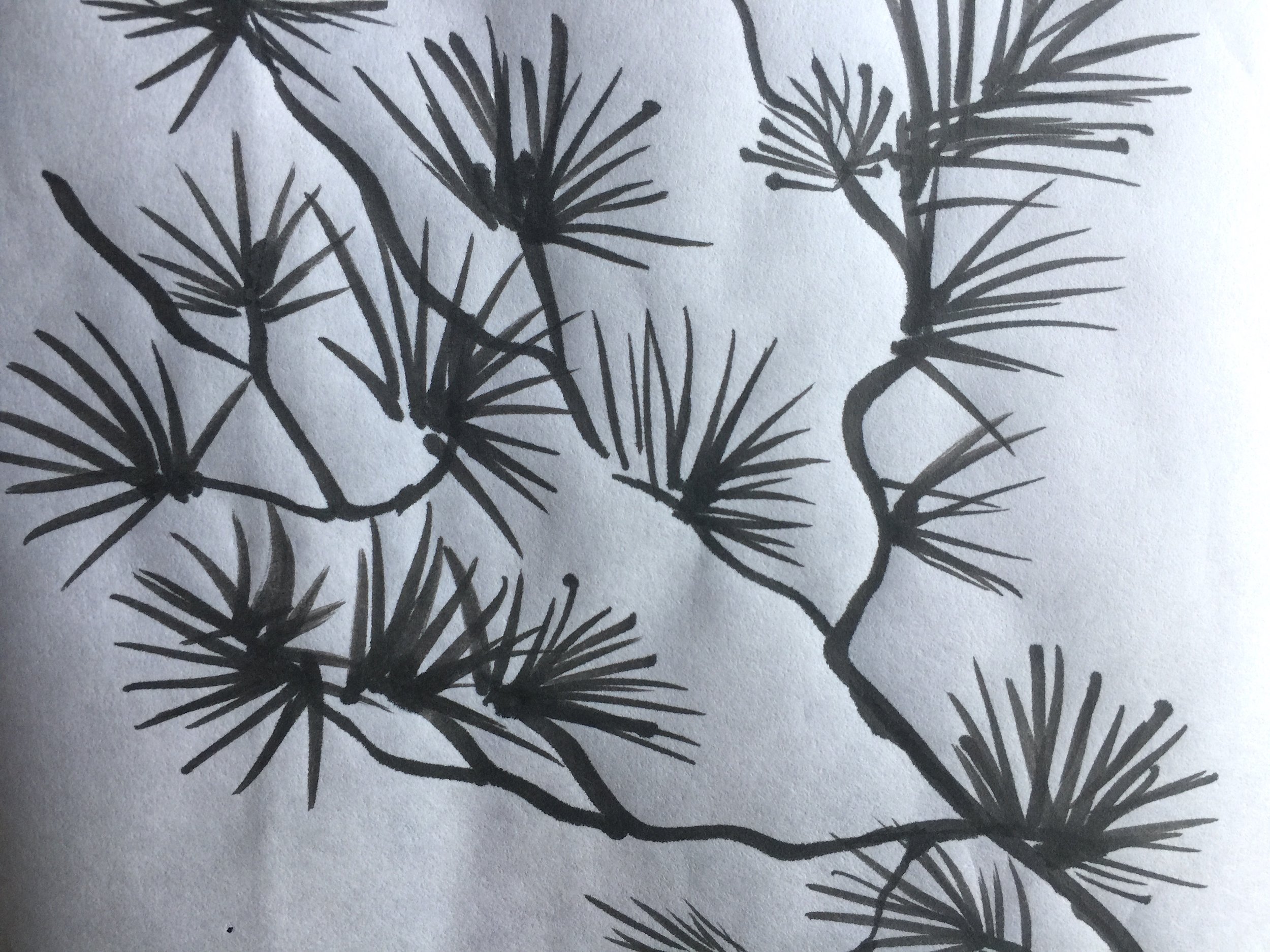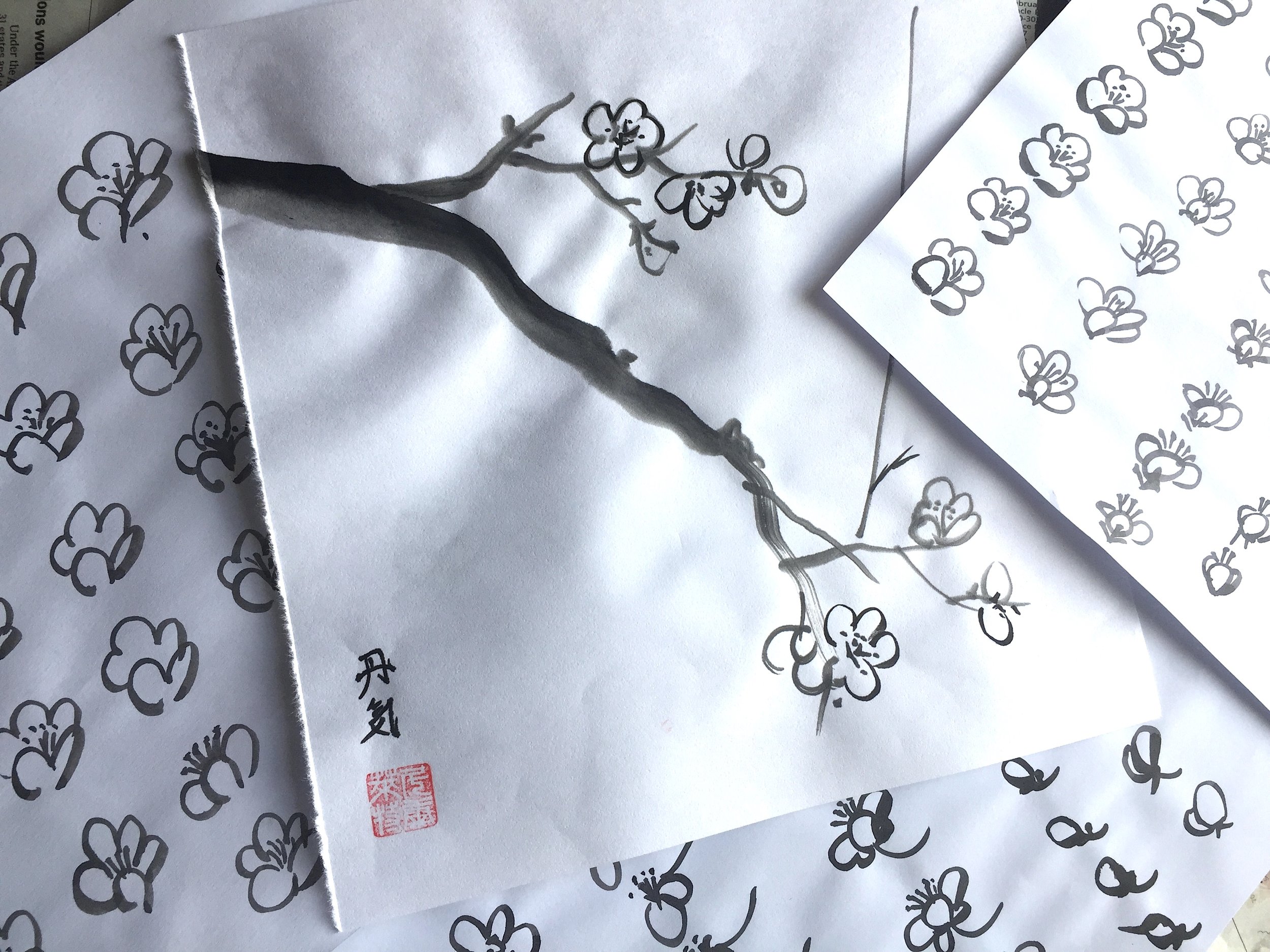“Making New York-A Hands-on History & Shopping Experience” at Chelsea Market is a Must for Holiday Gifts and More!
NY Handmade Collective artisans are back at it this holiday season in the beloved and coveted Chelsea Market, November 27-December 3, in the event space, with their “Making New York-A Hands-on History & Shopping Experience." This holiday market has been picked by "Time Out New York" as one of the top five holiday markets to shop this season!
This highly curated week-long market will showcase the history of handmade makers/settlers to our team members today, bringing together some of the best brands in local handmade and will include some hands-on workshops/demonstrations. A list of available workshops and times are below:
Monday, November 27th - 3pm-6pm
Cor Garcia-Held of Cor Pottery/Bklyn Kiln will bring her potter's wheel and demonstrate how pottery is made.
Tuesday, November 28th - 3pm-4pm
Joanie Brittingham of LittleJoanieSoaprano will give an introduce to how soap is made.
Wednesday, November 29th - 1pm-2pm
Watch Cindy Peng of Cindy Penguin Jewelry show her crocheted jewelry process.
Wednesday, November 29th - 3pm-4pm
Elena Kanidinc of SimplyNu will show how to make felt holiday ornaments.
Thursday, Novmber 30th - 11am-1pm
Cor Garcia-Held returns for another pottery demonstration.
Thursday, Novmber 30th - 3pm-5pm
Staff from Blick Art Materials will demonstrate a DIY craft
Friday, December 1st - 3pm-4pm
Meredith Stein of Private Picassos will demonstrate DIY stamp-making.























